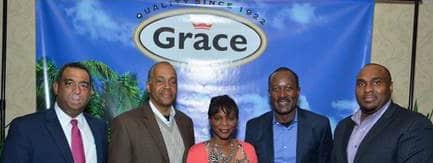TSA reaches agreement with European Union on cargo screening standards for commercial passenger aircraft
WASHINGTON – The U.S. Department of Homeland Security’s Transportation Security Administration (TSA) announced an agreement today with the European Union Directorate General for Energy and Transport on air cargo screening standards for passenger carrying aircraft. The agreement was reached in advance of a February 2009 deadline to screen 50 percent of air cargo on passenger carrying aircraft.
“By synchronizing the way that air cargo is secured on both sides of the Atlantic, we’re taking another potential vulnerability off the table for terrorists,” said Homeland Security Secretary Michael Chertoff. “I commend our European Union partners on their commitment to this landmark agreement.”
The agreement will establish screening consistencies that are aligned with the requirements outlined in the Implementing Recommendations of the 9/11 Commission Act of 2007, and will lead to the development of compatible practices and benchmarks that minimize regulatory differences. It also includes a pledge to continue to share classified technical information in order to develop common technical standards, create equivalent overall levels of security, and explore new methods and procedures to secure the air cargo supply chain.
TSA has taken a number of steps in recent years to increase the security of air cargo on passenger carrying aircraft. They include, screening all cargo at hundreds of smaller airports nationwide, screening cargo requested for specific flights or destinations, deploying more than 500 hundred specially trained explosive detection canines to airports, allowing only verified shippers to place cargo on passenger carrying airplanes, and aggressively inspecting cargo operations with hundreds of inspectors.
This agreement is the latest in a series of collaborative initiatives with foreign allies to increase aviation security for the international traveling public. Other efforts include collaborative airport inspections, exploring new security technologies and enforcing common limitations on liquids, gels and aerosols in carry-on baggage.




